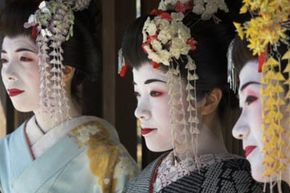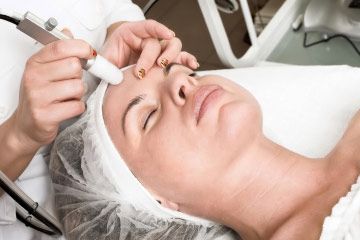There's an old superstition that if a bird happens to poop on you as it's flying by, you'll have good luck. Some versions specify that the bird poop must land on your head to count, or that the good luck is only related to money. But for most of us, bird poop is nothing to be happy about. It's usually just something we have to wash off our car or maybe ourselves if we're one of the lucky (or not-so-lucky) few.
There are people, however, who are not only handling bird poop by choice, but putting it on their faces -- as a beauty treatment. It's the poop of a specific type of nightingale, the Japanese bush warbler, and it's called uguisu no fun (literally "nightingale feces") in Japanese.
Advertisement
Using nightingale poop in a facial is an ancient Japanese technique that has recently started to make its way westward. It's said to make your skin softer and brighter. High-end spas in New York and other American cities now offer facials incorporating the poop (called "geisha facials") that can be quite expensive. The spa Shizuka New York offers the service for $180, for example. Mail-order companies also sell the ingredients for home use at about $20 per ounce.
If you're wondering about the smell of bird poop on your face (and how could you not?), users have described it as anything from "doughy" to "musky" to "medicinal," while some say that there's no smell at all.
So is there any real reason to add it to your beauty regimen? Read on to get the poop on, well, the poop.
Advertisement


